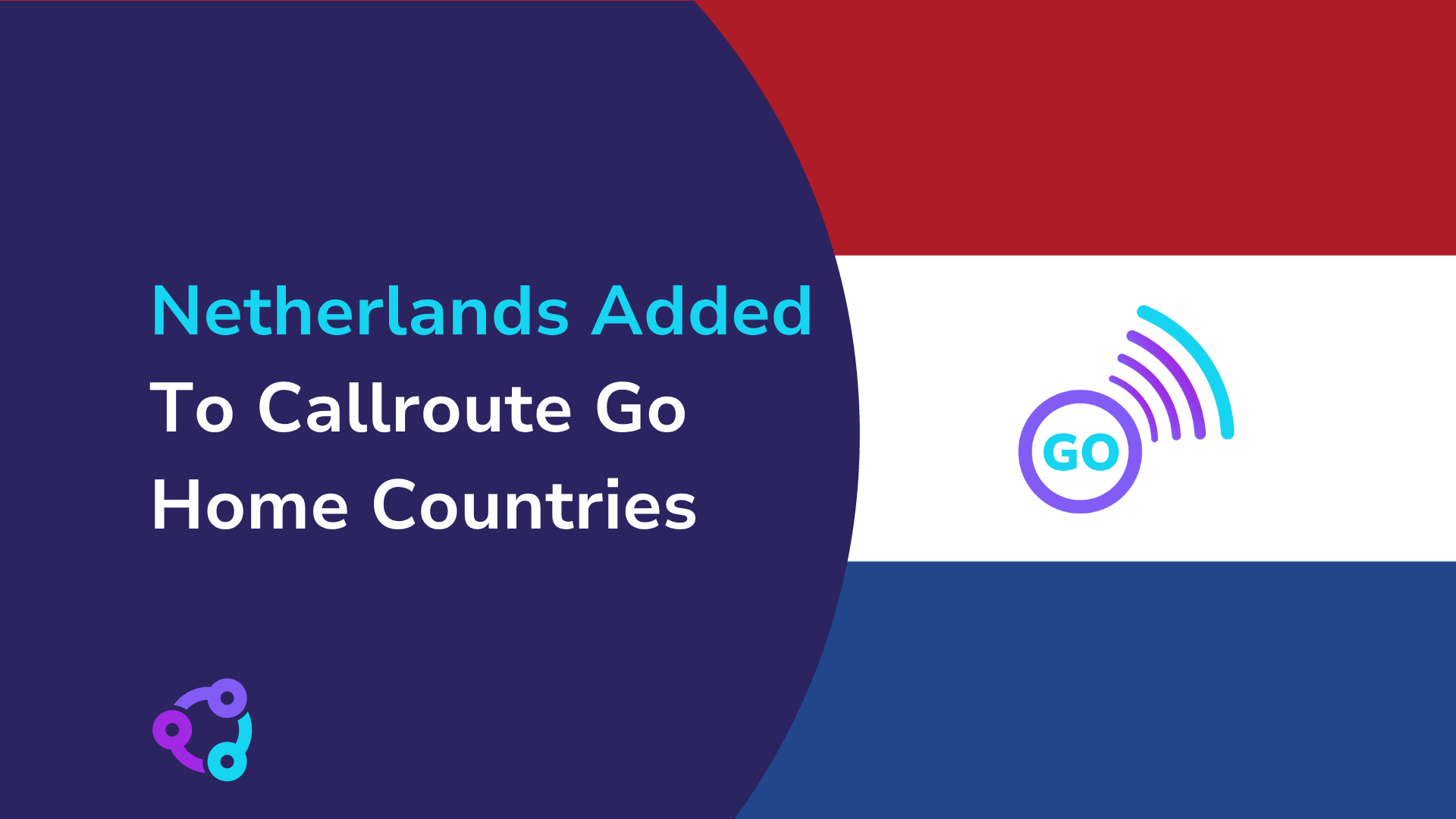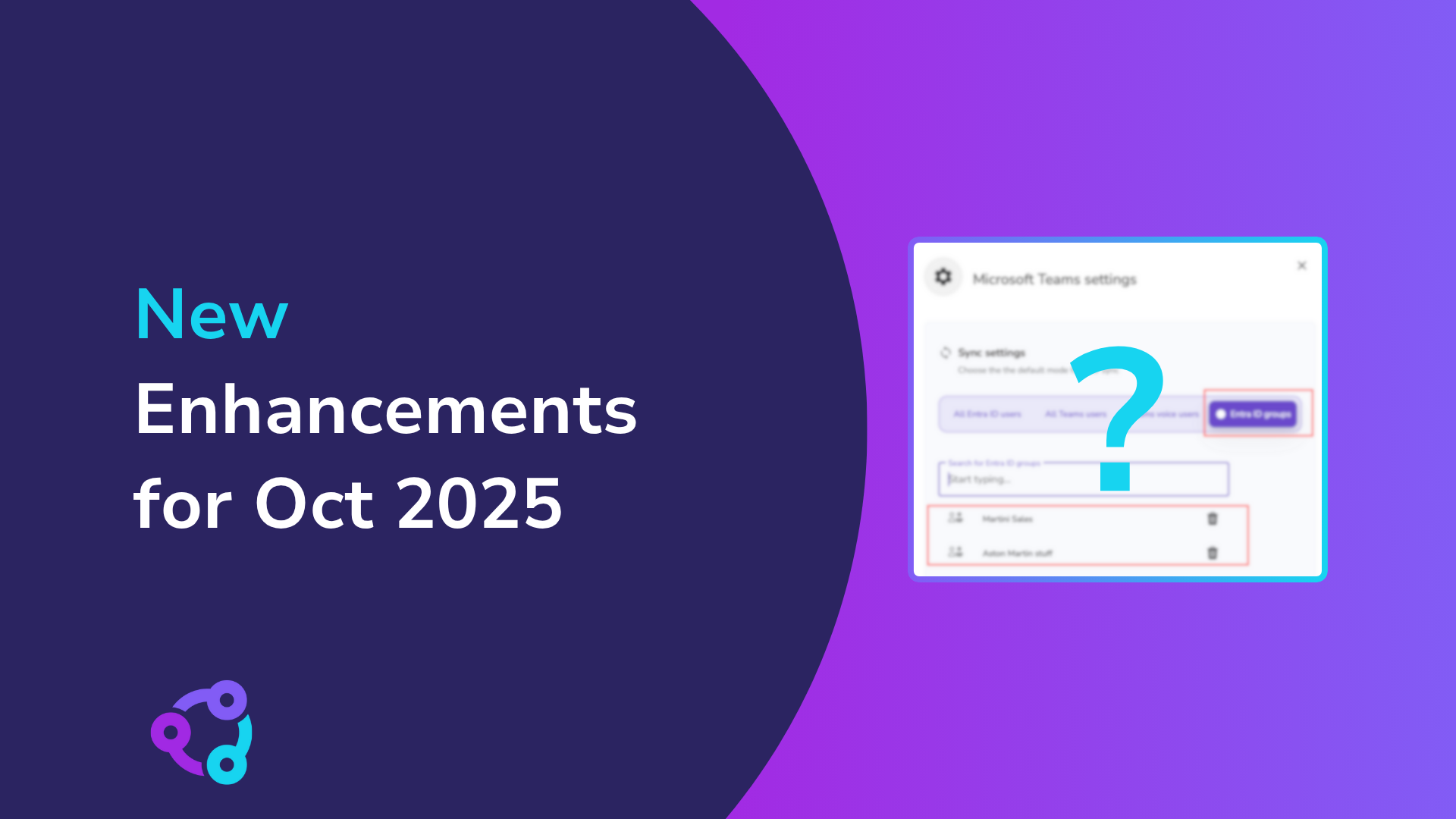Microsoft Teams is great!
Everyone is using it!
There is no stopping this train!
But, like most business collaboration software, the ability to make a normal phone call does not come as standard.
By “phone call” we mean the ability to place and receive calls using a standard phone line — to and from an actual telephone.
This ability is important because it makes it possible to truly unify all of your internal and external collaboration within a single platform.
That’s the ultimate goal of Teams, right?
Direct Routing is the most effective way to deliver real calling capabilities within Teams, and SIP trunks are a common technology for enabling that integration.
In this blog post, we’re going to explain these terms and help you understand the best investments for upgrading your business collaboration capabilities to start making phone calls with Teams today.
What is Direct Routing?
Microsoft Teams has now fully replaced Skype for Business as Microsoft’s voice and collaboration platform.”
Direct Routing is one of a few solutions available to make a real phone call from within Teams, expanding your voice reach beyond Teams-to-Teams calls to the PSTN (Public Switched Telephone Network) — the standard phone network — enabling users to place calls just like they would using a phone.
What really distinguishes Direct Routing as an option is that it provides calling capabilities to Teams by connecting Teams to standard telephony tools. This might be a PBX and/or SBC.
- PBX (Private Branch Exchange): A private telephone network used within an organization. A PBX enables you to have more phones than physical phone lines, connect users to the PSTN, and transfer calls internally between users and different call queues.
- SBC (Session Border Controller): A device that protects and regulates IP communications, an SBC is deployed at network borders and is used to regulate all forms of real-time communication.
The outcome is a phone system that provides all of the sophisticated call control and management features delivered by a standard corporate telephone system.
This means that it’s possible to not only place a call with Teams but to replace your entire phone system with Teams.
But, if that all seems like technical jargon, you can also think about this from an outcome-oriented perspective in comparison to the alternatives:
- Cross-launch apps: Apps like RingCentral, Cisco, and Zoom now offer PSTN calling options for Teams. While some provide deeper integrations than before, they are still not fully native. Calls are often routed through external platforms, which means you miss out on features like federated presence, consistent call policies, and centralized records that Direct Routing or Operator Connect deliver as part of a true unified communications experience.
- Microsoft Calling Plan: The direct alternative to Direct Routing is Microsoft Calling Plan, with Microsoft acting as the carrier. It’s simple to deploy but limited in features, flexibility, and global reach. Costs also rise quickly at scale, since each user needs their own plan, making it better suited for small deployments than enterprise rollouts.
Suggested reading: Microsoft Calling Plan Pricing Explained
Pro tip: You need a Microsoft Teams Phone (formerly Phone System) license for both Direct Routing and Microsoft Calling Plan. With Direct Routing, it’s simply a prerequisite license. With Calling Plan, it becomes the main control tool for your calling system. Teams Phone is included with Microsoft 365 E5 but otherwise needs to be purchased as an add-on.
Note: if you have the “Microsoft 365 E5 (No Teams)” variant, you will also need to purchase a Microsoft Teams Enterprise license. For the standard E5 plan, Teams is already included, so no additional Teams Enterprise purchase is required.
For more information, check out our blog — Microsoft Phone System Reviewed.
The bottom line: Direct Routing is the only choice that can deliver a fully functional phone system inside Microsoft Teams.
If you want to understand how it works, we need to talk about SIP trunking.
What is SIP trunking?
SIP (Session Initiation Protocol) makes end connections for voice transfers over the internet.
A ‘trunk’ is a collection of phone lines shared between users.
Ultimately, SIP trunks are the back-end technology that is most often deployed to make the integration connection with a Direct Routing solution — and are used in any number of circumstances to connect PSTN with digital voice.
Trunks or channels?
The term “trunks” comes from the traditional name for groups of cables that would link to telephone exchanges.
With the internet, this process became digital. Each trunk can handle a set number of concurrent calls — often referred to as channels or phone lines. The number of channels you’ll need relates to the number of simultaneous calls you expect to make and receive.
Using SIP trunks, a provider can connect any number of channels (a.k.a phone lines), allowing you to make local, long-distance, and international calls.
If you have an on-premises PBX, a SIP trunk provider can also allow you to make calls on your existing system.
As your business grows and needs additional phone lines (a.k.a channels), your company will also benefit from more flexible pricing options.
All this adds up to SIP trunking being more scalable and more affordable than standard PSTN lines.
Some of SIP trunking benefits include:
- Reduced costs: Better rates, particularly for international calls.
- Flexibility: Enable new channels in minutes with no on-site visit.
- Reliability: Data redundancy improves with SIP trunking and VoIP.
Pro tip: Note that “channels” and “phone lines” in this context are the same thing.
What do I need for a SIP Trunk?
The basic requirement for SIP trunks is an internet connection, with good bandwidth and speed.
What bandwidth you need is governed by the number of calls you expect to make – and a good service provider will help you with this.
How to get started today
The simplest way to enable Teams Phone with PSTN calling is to work with a Direct Routing partner, unless you want to build and maintain all the technical infrastructure yourself.
SIP trunks remain the backbone of how Teams connects to the PSTN. With Callroute, that complexity is removed. We act as both your Direct Routing provider and PSTN carrier, giving you a single platform to integrate everything.
And when it comes to choosing between Microsoft Calling Plan and Direct Routing, the business case is clear: Direct Routing is the more complete and flexible solution.
| Feature | Direct Routing with Callroute | Microsoft Calling Plan |
|---|---|---|
| Pricing model | Per-channel / trunk cost (plus Teams Phone per-user license) | Per-user (license includes PSTN minutes) |
| Integration with external PBX | Yes – can connect to and use a real PBX or advanced routing | No – limited to Microsoft’s built-in call features |
| Call recording | Yes – supported via SBC or provider integrations | No native support – requires third-party solutions |
| International numbers / global coverage | Broad availability through chosen carrier (subject to regulations) | Limited to Microsoft-supported countries |
| Number porting | Yes | Yes (in supported regions) |
With Callroute Direct Routing you benefit from:
- Full PBX and SBC integration for hybrid or legacy environments
- Number portability and global reach with millions of numbers available
- Per-channel pricing so you only pay for the capacity you use
- Dynamic allocation of multiple users to a single channel for cost efficiency
- Fast provisioning of numbers and channels through our automated platform
By moving to Callroute, you can streamline workflows, boost productivity, and future-proof your communications. We have different options depending on whether you’re a small business or a global enterprise.
💡 Try Callroute FREE with a 14-day trial – no credit card, no commitments. You’ll get a real phone number and a live Teams calling experience to test how Direct Routing works in your environment.






